Recently we’ve been heavily involved in training several hundred education organisations across Australia in how to create online STEM festivals through Virtual Excursions Australia on behalf of Inspiring Australia. What has become very clear is how important collaboration both within teams and beyond matters!
Whilst ‘how to run web conferencing events’ has been a major focus lately, what we do know is that it’s the collaborative technologies that pull your teams together that makes all the difference. Regardless of the organisation or industry you’re involved in, there are several areas that need to be considered if you’re to be effective when managing projects across multiple teams;
- Is your digital communications software easy to use?
- Can people outside of your organisation contribute to shared projects easily in real-time?
- Do you have a dashboard where everyone can see the status of each project and the milestones to achieve?
- Can you run brainstorming sessions with remote team members easily?
- How easy is it to onboard new people to your project?
- Could you do all of this remotely?
These questions go well beyond the education sector. The COVID-19 outbreak has forced many organisations to re-think how they operate. This is not just about internal communications either, it extends to working with external partner organisations & suppliers as well as engaging with the public. The tricky part is knowing which apps will do the job, especially when it comes to rolling out collaborative technologies within your organisation for the first time. So, what are the first steps to do?
Work out what you want to achieve first
Knowing where you want to go forms the basis of how you’re going to get there.
- Are you trying to unify a remote team for communications only?
- Are you looking to overhaul all of your digital processes?
- Are you looking to work with partner organisations on a grant application?
- Are you planning a digital conference?
- Is this about digital marketing, internal training or is it something else?
It comes down to strategy. Speak with your team and sort out your goals & the timelines needed. This will form the basis of the next step!
How will you achieve this goal?
Now that you’ve mapped out your strategy, it’s time to identify which types of communication tools you might need during the process.
- Are you going to be managing large or small teams?
- Are all the communications internal or will they involve 3rd parties or even the public?
- How will you assign responsibilities, timelines and documentation of your project?
- How will remote team members understand the processes involved?
- Do you expect large volumes of files to be generated? How will this be managed?
- How will communications and file security be managed?
- How will child protection processes fit into your communications platform?
Re-visit your strategy and identify potential areas where collaborative technologies will be needed.
What are your current resources?
There is a good chance you already have some digital processes in place. Now is the time to work out if these digital processes are going to be effective in reaching your goal. Some questions to ask;
- Can your digital processes scale up to meet the needs of your goal?
- Have you mapped out the costs of your current digital processes? This is not just about money, it’s also about time.
- Can external organisations work within your current digital processes?
Once you’ve assessed your current resources against how you want to achieve your goals, it’s here where you work out if what you are doing is the most efficient.
Something to consider; app-smashing
App-smashing; using multiple software programs from different vendors to solve a problem
This is something that organisations of many sizes have to deal with on a regular basis. I’m guilty of this myself! Often we just want a task done and we then quickly apply whatever resources we already have to solve the task. This is fine when working with small teams, however, this strategy gets a little shaky when you work with larger teams or across multiple organisations. For example, you might find that the free software titles you’ve been using will have user limitations that force you to app-smash in the first place!
Some questions to consider;
- How much time do you have to devote to training your team to work across multiple software platforms?
- What is the cost of software licences across these multiple licences?
- Are the software titles that you’re using able to reach the goals that you’ve identified?
You needed to have a close look at the technologies that you have in place and whether they are truly going to be effective across your project, especially when you consider the number of users, where they come from and how fast you need achieve your goals. It’s the careful consideration of the different competing elements here that will make all the difference in the effectiveness of your team and contributing 3rd parties. Perhaps unifying your digital communications might be the answer.
Training and deployment
This is where its time to implement your plans! It’s also where it gets a little tough, especially if you’re crazy busy with all the other things you’ve got to do in your role. So, some questions to think about again;
- Does your organisation have someone who knows about current collaborative technologies and how to implement them?
- What is the timeline for training your team and 3rd parties?
- Who will manage the inevitable helpdesk questions that will come up?
- What are your plans for when things go wrong?
This might be done in-house or you might want to consider bringing in a team to help with this process.
Collaborative technologies accelerator
Given our years of working with organisations using collaborative technologies, we’ve partnered with Cool Runnings Business Solutions so that together we can help organisations quickly sort out what is needed when transforming digital processes. Designed to quickly identify opportunities to streamline communications and to improve project outcomes, this accelerator is based in real-world experience that is applicable across many industries.
This one-day accelerator might just be what you’re looking for!
After the education version of this accelerator?
We have also looked at this from a classroom standpoint and how schools, preschools and cultural organisations can apply collaborative technologies to improve learning outcomes.
Board Advisor to the Center for Interactive Learning & Collaboration
Past President of ISTE Interactive Video Conferencing Professional Learning Network
Co-Founder of Virtual Excursions of Australia
Churchill Fellow & Founder of Fizzics Education.





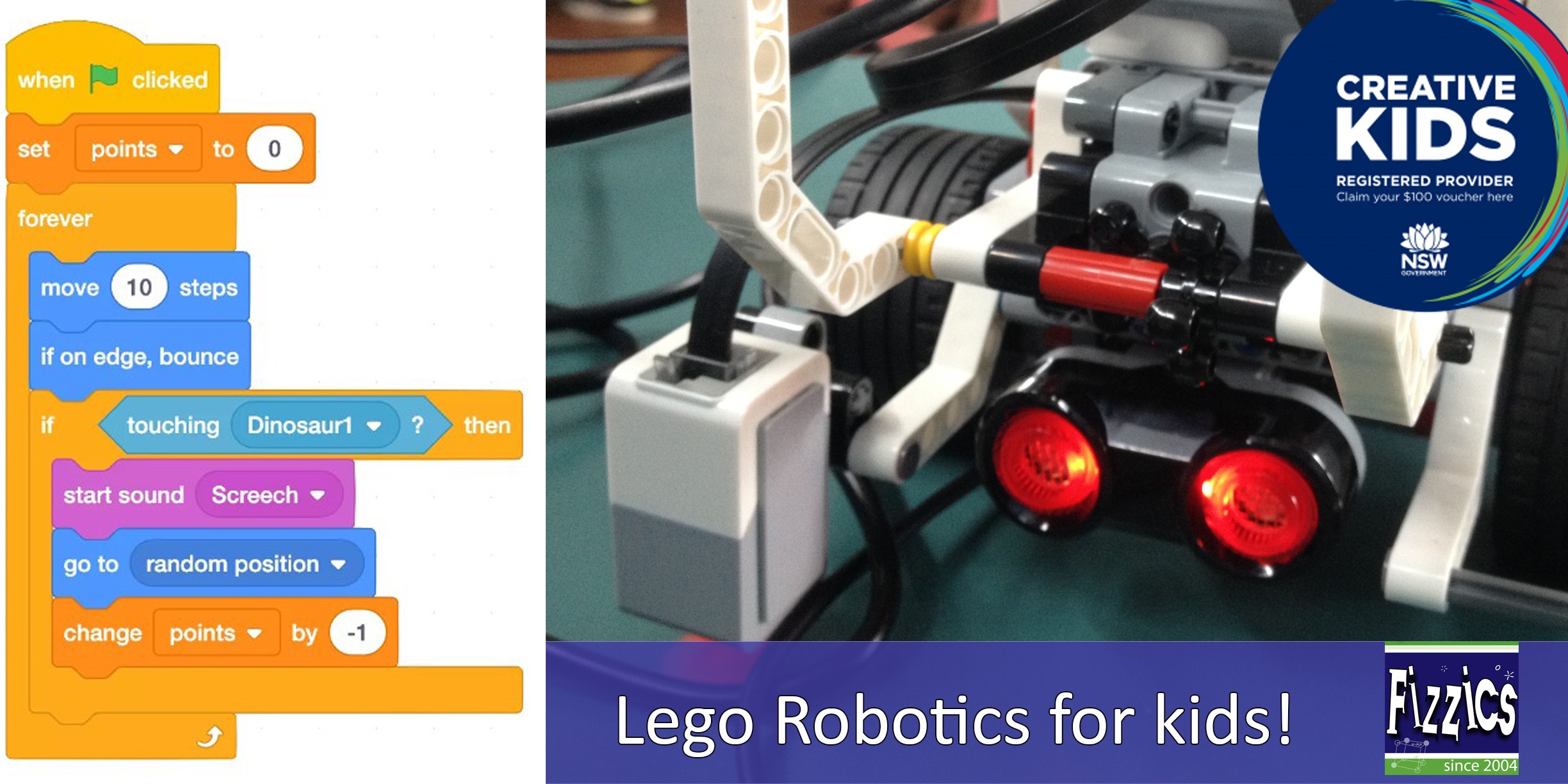
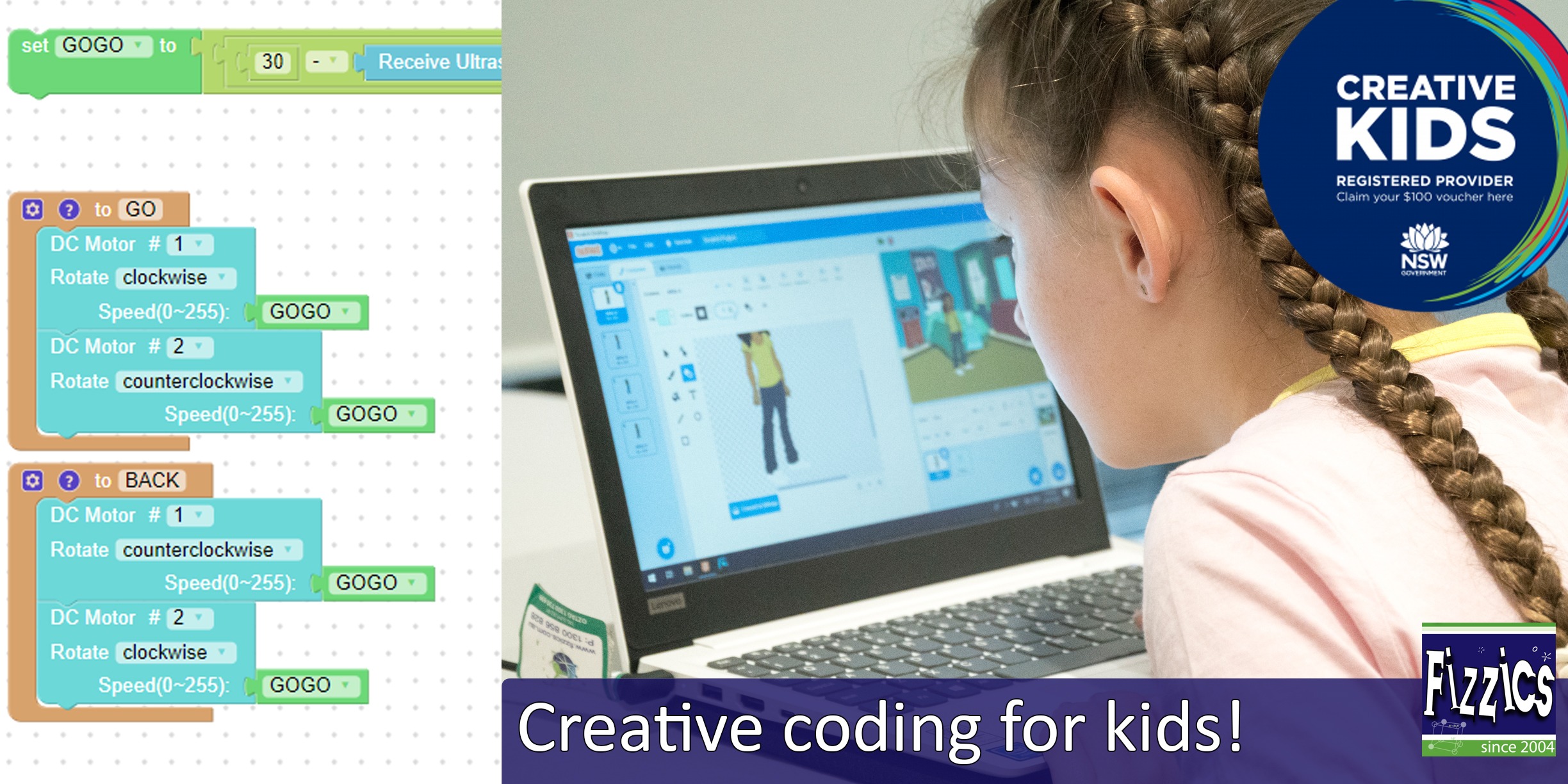
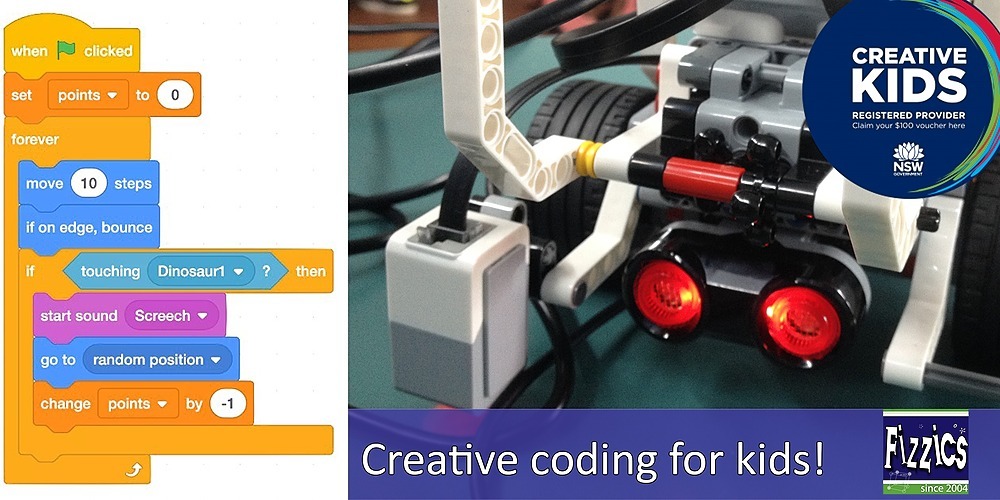



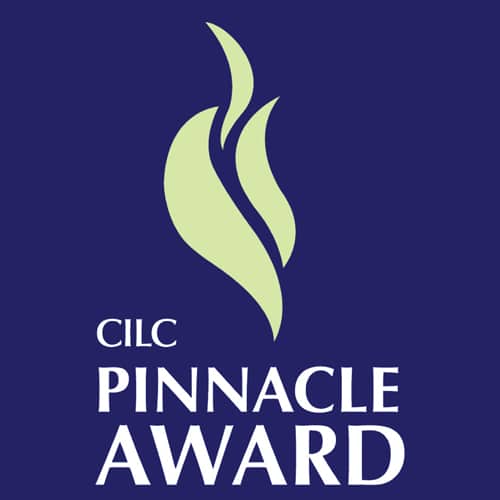

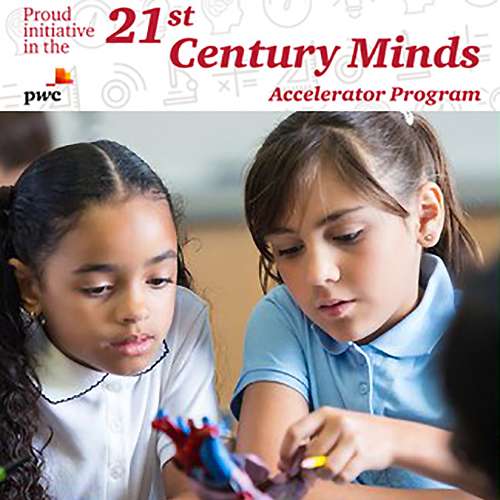
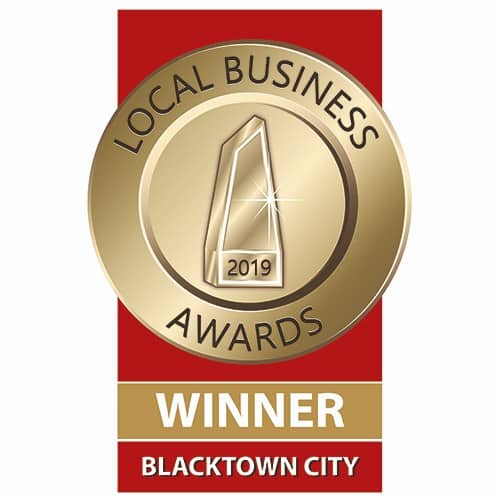










Comments